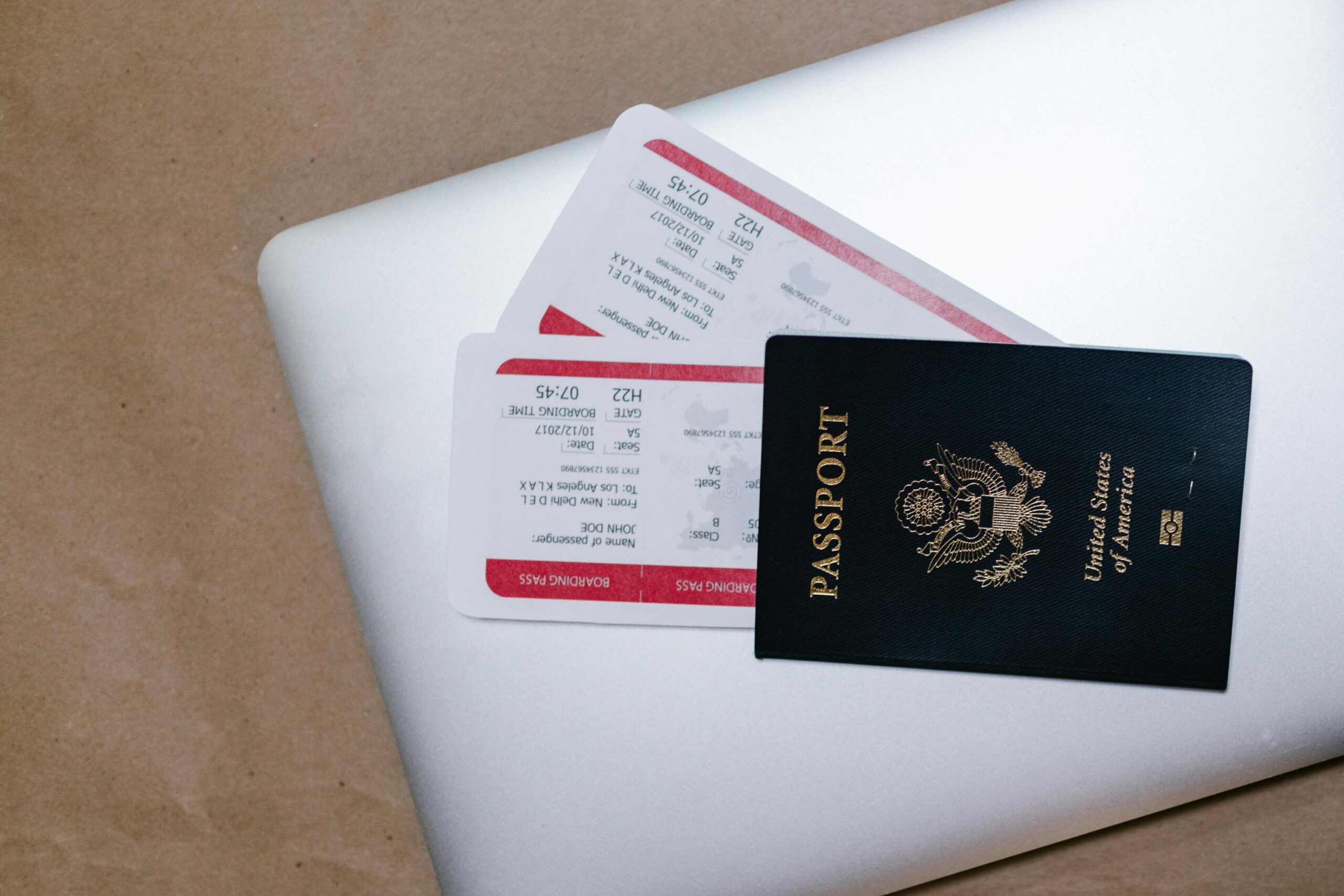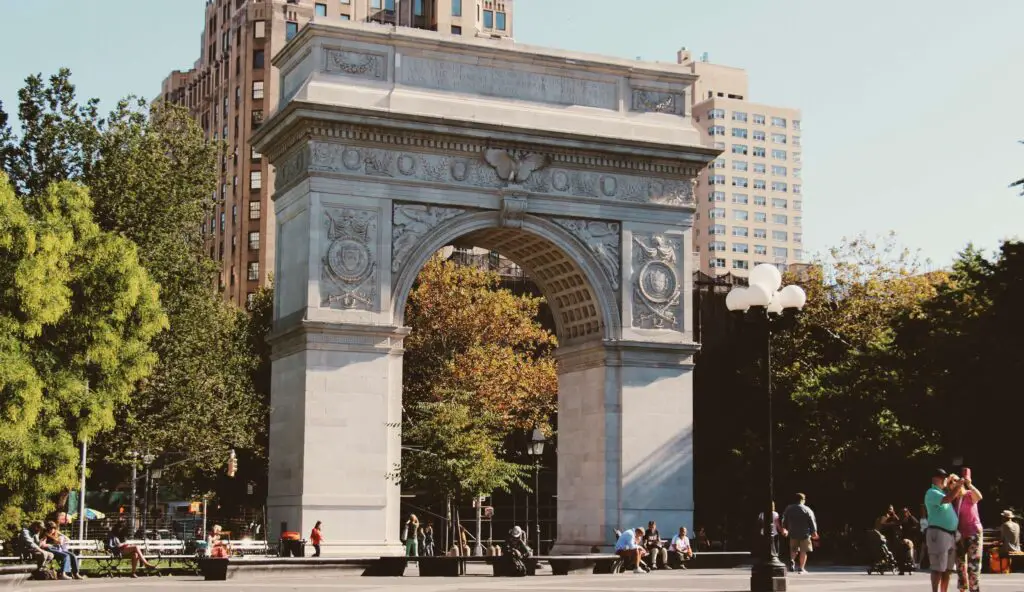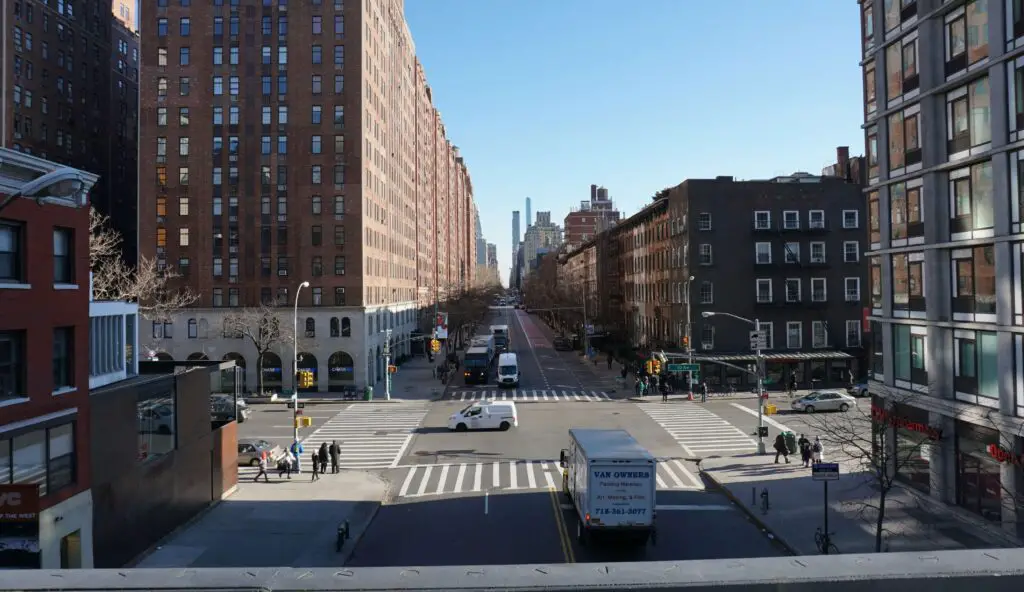
Traveling across Kansas is an adventure that offers sprawling plains, fascinating historical sites, and warm, welcoming communities—all without breaking the bank. In today’s cost-conscious world, knowing how to save on your journey is essential, especially if you’re seeking authentic experiences on a modest budget. Whether you’re a seasoned explorer or planning your first excursion into the heart of America’s Midwest, Kansas has an abundance of hidden treasures waiting to be discovered.
Steeped in history and brimming with natural beauty, this state provides opportunities for memorable road trips, engaging cultural events, and scenic byways that transform every mile into an experience. Kansas is a proud gem in the heart of the Midwest USA, where careful planning and smart budgeting merge with the spirit of adventure.
Before you set out, get prepared with practical strategies ranging from efficient itineraries to affordable dining choices and innovative transportation options. This guide combines creative money-saving techniques, detailed planning advice, and insider hints to help you enjoy Kansas without overspending. You’ll learn how to strike a balance between cost efficiency and immersive experiences, making sure every dollar enhances your journey. With our comprehensive tips at hand, you can navigate through bustling small towns and expansive natural landscapes, knowing exactly how to save while indulging in meaningful adventures—and you may even discover new approaches to travel planning along the way.
Planning Your Kansas Adventure with a Budget in Mind

The foundation of any cost-effective journey is meticulous planning. Begin by outlining your travel dates, preferred regions within Kansas, and the must-see landmarks that spark your curiosity. To get started even faster, consider using a personal travel planner to consolidate your ideas and uncover local secrets.
Before booking any tickets or lodging, draft an itinerary that balances free or low-cost attractions with occasional splurges on local treats. Cluster nearby attractions together so you can optimize your time and reduce transportation expenses. For those who prefer structure, having a detailed itinerary can make all the difference, as exemplified by resources like a North Dakota Itinerary that serve as templates for efficient travel planning.
In addition, research digitally available deals and discounts from local tourism websites, community pages, and dedicated bargaining platforms. If you’re intrigued by broader regional tips, don’t miss out on our insights from Iowa Travel Hacks, which offer creative methods for slashing travel costs across the Midwest. With a well-planned budget that accounts for lodging, food, transportation, and activities (plus a small buffer for surprises), you’ll know exactly how to save while still living your travel dreams.
Smart Transportation Strategies

Kansas offers a range of transportation options that allow you to spend less on getting around. For many travelers, renting a car is the simplest way to explore the state’s rural roads and small towns. When you book in advance and shop around, you may find incredible deals that further ease your budget. If you’re travelling with friends or family, consider sharing the expense by carpooling.
In urban areas or smaller towns where public transit thrives, using local buses and shuttles is a practical alternative. For example, renting a bicycle or even walking can reveal hidden scenic byways while saving on fuel. And if your journey eventually takes you beyond Kansas, you might be interested in learning about Intermodal Transportation in Chicago, which offers inspiration on blending various modes of travel.
While reviewing your options, don’t forget to tap into additional travel tips that detail how to optimize routes and cut down on unnecessary miles. With a little ingenuity and pre-trip research, each leg of your journey can become an opportunity not only to explore new sights but also to see exactly how to save on transportation costs.
Affordable Accommodation Options

When traveling on a shoestring budget, lodging is often the largest expense. Fortunately, Kansas has a variety of affordable accommodations that put comfort and savings on equal footing. From cozy family-run motels to budget hotel chains, countless options provide essential amenities such as free WiFi and complimentary breakfasts, all designed to give you the best value for your stay.
Vacation rentals offer another attractive alternative—especially if you’re traveling with a group. Sharing a home-like space can reduce costs dramatically while allowing you to experience the local lifestyle firsthand. In addition, hostels and bed-and-breakfast establishments frequently present economical choices coupled with a chance to interact with other travelers.
Loyalty programs, cashback offers, and special membership discounts can further reduce your nightly expenses. With these insights in mind, you’ll soon discover that learning how to save on accommodations means enjoying genuine Kansan hospitality without stretching your wallet too thin.
Dining and On-the-Go Meals

Food is an essential part of any travel experience, and it doesn’t have to strain your budget. Kansas boasts a culinary scene rich in local flavor, where small diners and food trucks serve up hearty meals at pocket-friendly prices. Instead of dining exclusively in tourist-centric areas, seek out these local gems for an authentic taste of the region.
For a quick bite or lunch on the road, consider stocking up at neighborhood grocery stores. By preparing a few meals yourself or planning a scenic picnic, you can reduce daily dining costs significantly. And when you’re in an unfamiliar area, use tools like Nearest Restaurant to You to pinpoint nearby eateries that locals love.
Taking advantage of community events or affordable cooking classes can also enhance your gastronomic journey. These experiences not only allow you to savor budget-friendly food options but also offer insights into the culinary traditions that make Kansas unique. In this way, every meal becomes a chance to learn how to save money while still enjoying a rich cultural tapestry.
Free and Low-Cost Attractions in Kansas
Kansas is replete with attractions that won’t dent your budget. From expansive state parks and nature trails to engaging historical sites and free community events, there’s no shortage of ways to explore the state without spending a fortune.
Spend your mornings strolling along scenic nature trails where you can immerse yourself in the local flora and fauna. Many state parks feature nominal or even free entry fees that welcome wanderers with open arms at all hours. Similarly, museums, historical landmarks, and cultural centers often provide discounted or complimentary admission options on select days. Such venues offer enriching experiences that resonate with history, art, and community spirit.
Local festivals and community gatherings are another cornerstone of affordable travel in Kansas. These events, often hosted in charming small towns, present opportunities to mingle with locals and enjoy free live entertainment. By prioritizing these low-cost activities, you not only learn how to save at every turn but also gain deeper insights into Kansas’ cultural soul.
Uncovering Off-the-Beaten-Path Gems
Beyond the well-trodden attractions lie countless hidden treasures that await the curious traveler. Venturing off the main thoroughfares can lead to discoveries of quaint rural towns, scenic byways, and artisan markets rarely frequented by tourists.
Take advantage of lesser-known rural roads that meander through quiet countryside and small-town centers. These off-the-beaten-path routes are perfect for relaxed road trips where every mile reveals a new secret. For those planning extended journeys with a regional twist, resources like the South Dakota Road Trip can provide inspiring ideas for integrating neighboring states.
Additionally, a detailed North Dakota Itinerary can serve as an excellent blueprint to streamline your adventure, proving that thoughtful planning is key to uncovering gems while keeping costs low. By embracing spontaneous detours and local recommendations, you’ll quickly learn exactly how to save money while still exploring the unexpected delights of the region.
Tips for Enjoying Kansas Culture on a Budget
A truly enriching travel experience goes beyond sightseeing alone—it’s about immersing yourself in the culture, history, and daily life of your destination. In Kansas, this means engaging directly with locals, participating in community events, and sampling regional cuisine without overspending.
Strike up conversations with residents to discover hidden locales, secret spots, or even off-the-map dining experiences that aren’t in any guide. Insider hints often lead to unforgettable moments and smart money-saving opportunities. For women embarking on journeys by themselves, trusted sources like Solo Female Travel provide invaluable advice for crafting safe, independent adventures. In addition, following the Safety Tips for Women can help ensure that your solo ventures are as secure as they are exciting.
Attending low-cost cultural workshops, local concerts, or street fairs gives you a chance to absorb Kansas’ vibrant arts scene without breaking the bank. Here, every encounter becomes an opportunity not only to connect with tradition but also to understand precisely how to save while indulging your cultural curiosity.
Practical Strategies to Stretch Your Budget Even Further

Beyond the core travel tips, a few overarching strategies can empower you to make the most of every dollar on your journey. Leveraging technology is one of the simplest ways to keep track of deals, compare prices in real time, and adjust plans on the fly. Smartphone apps and websites can point you to spontaneous discounts on restaurants, lodging, and attractions, ensuring that each decision is informed by the latest promotions and cost-saving opportunities. Revisit additional travel tips regularly for fresh ideas on effective budgeting.
Prioritizing experiences rather than material purchases is another key strategy. Resisting the urge to splurge on excessive souvenirs allows you to reinvest funds into experiential activities that create lasting memories. Maintaining a detailed travel journal and budget log keeps you accountable throughout your adventure, empowering you to adjust your spending habits as necessary.
Finally, when planning for unforeseen mishaps, consider adding a safety net to your travel budget. Don’t forget to protect your journey by selecting travel insurance from providers like SafetyWing, ensuring that unexpected challenges never derail your adventure. With these techniques in your arsenal, you’ll master every nuance of How to Save while experiencing Kansas to the fullest.
Conclusion
Traveling on a budget is not about cutting corners—it’s about approaching each aspect of your journey with creativity, foresight, and smart planning. In Kansas, every mile traveled offers a chance to learn how to save intelligently while embracing the charm and authenticity of the state. By meticulously planning your itinerary, choosing cost-efficient transportation options, and finding affordable accommodation and dining solutions, you set the stage for an enriching adventure without overspending.
With the insights provided in this guide—from using a personal travel planner and consulting regional resources like Iowa Travel Hacks, to discovering off-the-beaten-path destinations via a South Dakota Road Trip or a North Dakota Itinerary—you’re empowered to explore Kansas with maximum impact and minimal expense. Engaging with local culture, especially through platforms offering Solo Female Travel advice and Safety Tips for Women, ensures that your journey is safe, enriching, and memorable.
As you set out on your road trip across the expansive plains and vibrant towns of Kansas, remember that strategic planning and creative budgeting are your best travel companions. Embrace each opportunity to discover something new, and let every smart financial decision add up to a truly unforgettable adventure—one where you not only see the sights but also learn exactly how to save while exploring life on the open road.



